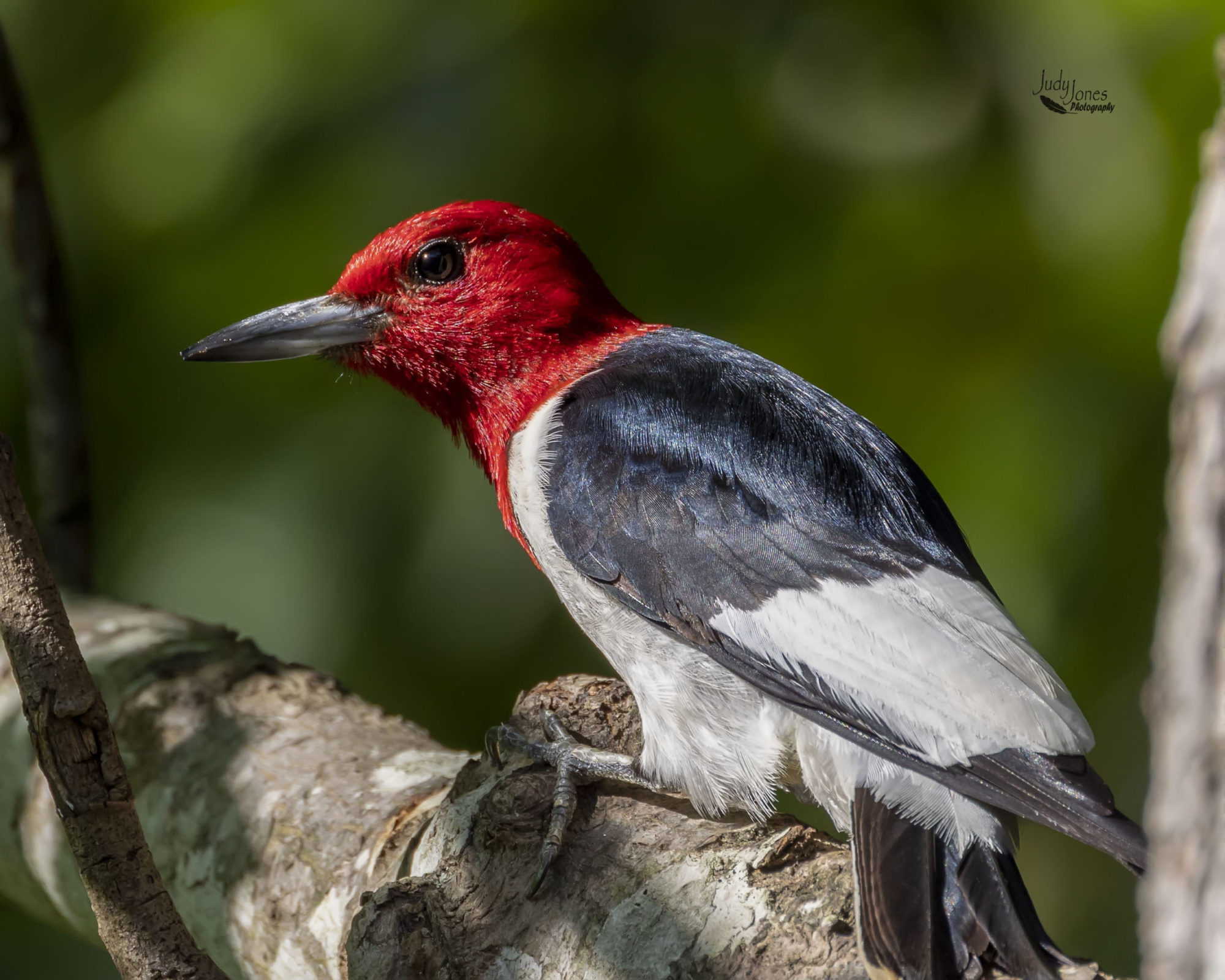The best rule of thumb can be borrowed directly from one of the oldest codes of ethics in the world:
FIRST, DO NO HARM!!
Do no harm to the birds, to the environment, or to the enjoyment of the field trip’s participants. These are not regulations, but suggestions and reminders drawn from the experiences of participants who found their enjoyment of and rewards from field trips were enhanced by observing the following:
- 1. Put the Welfare of the birds first! Avoid harassment of any kind. While observing or photographing do nothing to endanger or stress the birds. Do not attempt to flush birds by throwing things into shrubbery.
- 2. Follow the leaders – do not precede them or explore nearby side areas. Such activity flushes birds before others can see them.
- 3. Once the birding begins, be as quiet as possible. Please leave social conversation in the parking lot. Turn off your cell phones. Keep extraneous conversation to a bare minimum and, if you must talk, do so as quietly as possible. When the leaders or participants have obviously been alerted to a bird, stop moving and stop talking. Try to avoid sudden or loud noises, sweeping gestures, or quick movements.
- 4. Don’t try to call the birds. Generally leave pishing, squeaking, the use of recordings and laser pointers to the leaders or, at the least, ask their permission before using any of these devices.
- 5. If you are photographing birds, allow others to view the bird before moving forward to take your photo.
- 6. Please be helpful when possible. Gently, call the group’s attention to any bird they may have missed. If you are using a scope, invite other participants to view birds you have found. At the same time, as a participant, limit your time viewing through another’s scope….five seconds would be a general guide…so that other group member may also get the sighting.
- 7. Respect private property. Do not enter unless you have explicit permission to do so.
- 8. Protect the environment at all times. Do not trample or otherwise damage vegetation. Stay on roads, trails, and paths where they exist; otherwise, keep habitat disturbance to a minimum. In the words of the National Park Service, while in the field “take nothing but pictures, leave nothing but footprints.”

